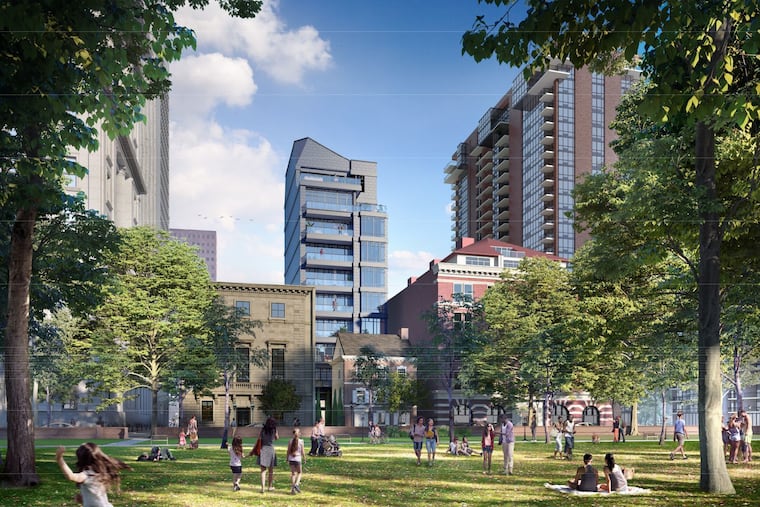Condo project at Dilworth house in Society Hill is underway after two decades of strife
A new owner has taken on the task of preserving the faux historic home and building condos around it.

A new owner has taken on the task of preserving the faux historic home and building condos around it.
